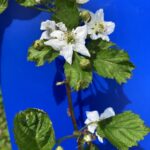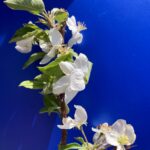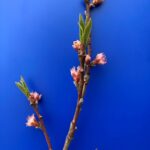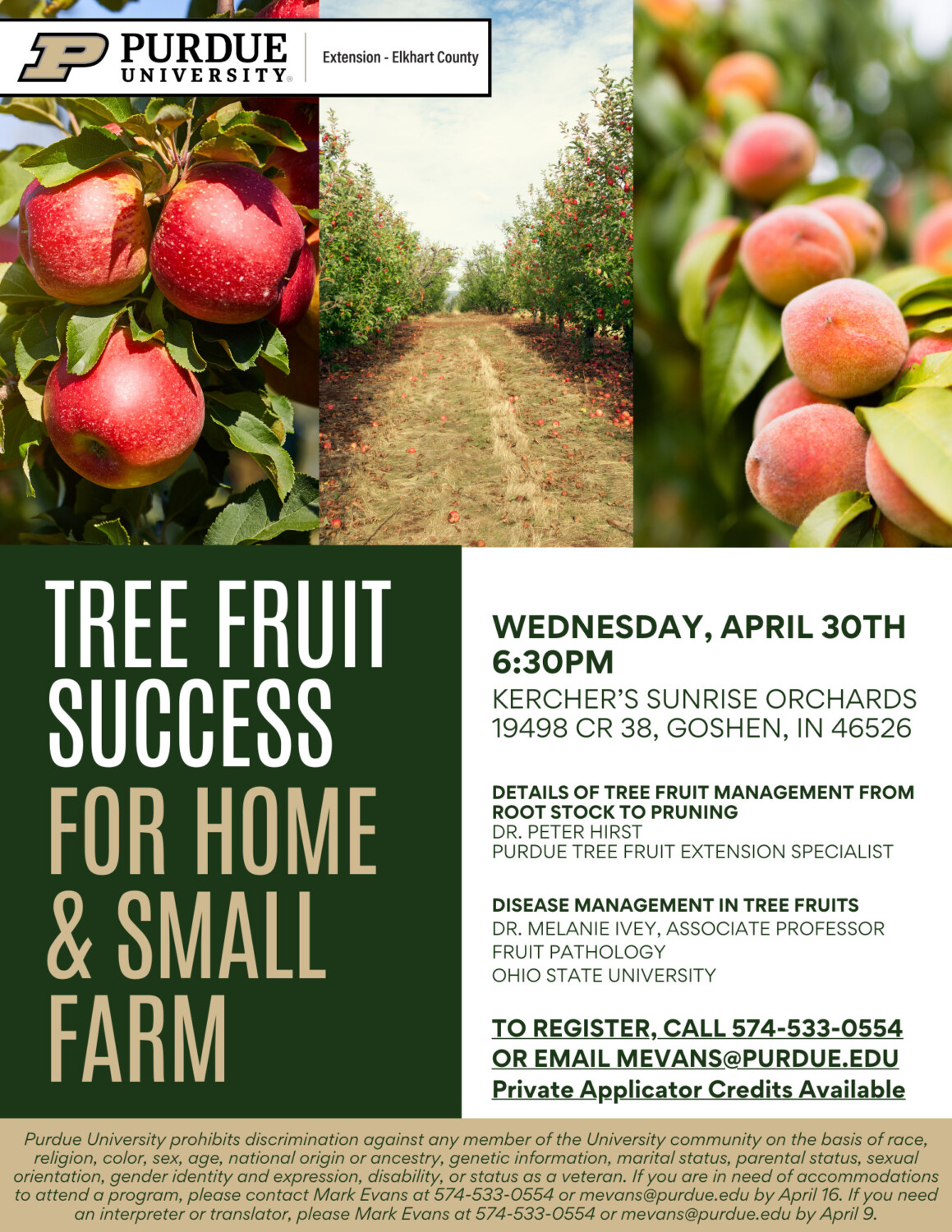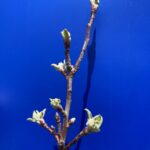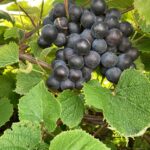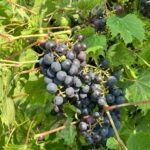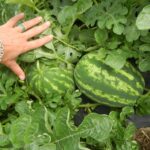Hi! This week’s crop conditions are looking quite good despite not having any significant rain recently. Most crops have set fruit and are progressing well. The grapes received their second spray this season on the 9th. This is a busy time here at Meigs as we make raised beds for our vegetable crops and prepare[Read More…]
Pome Fruits
Hello! This is our third crop conditions update this season. The fruit trees are progressing well as things get up and going around the farm. Most everything has passed 1 or more stages of growth since the third week of this month. Monday the 28th marked our first fungicide application in the vineyard, with the[Read More…]
Once flowers open in the spring, we’re hoping for warmer weather so the bees will transfer pollen and for rapid pollen tube growth. As we all know, apples require cross pollination, so for example Golden Delicious pollen will not fertilize Golden Delicious flowers. We rely on bees and other insects to transfer pollen from one[Read More…]
We’re getting close to the time when growers need to make chemical thinning decisions – for many the most perplexing and risky decision they will make all year. This is usually a tricky call to make, even more so when we have had spring frosts. Luckily in most places the spring frosts have not been[Read More…]
Welcome to Spring! Things have begun to green up here at Meigs as we’ve had some warmer weather and plenty of rain. Consequently, this week has been a push to make our first-of-season herbicide and fungicide applications in the orchard. Though we breached 80F a couple times already, our fruit trees and brambles do not[Read More…]
It’s been a fruitful year here at the Meigs Horticultural Facility in Lafayette, Indiana. We are now harvesting primocane blackberries, most all grapes, early season apples, and on our fourth harvest of watermelons. The harvest so far has been plentiful and the just most delicious fruit across the board! Pears and paw paws are a[Read More…]
Things are continuing to ripen up around Meigs. Apples and pears are coloring, some of the early grape varieties will be ready for harvest here in a week or so. Many watermelons are up to size and maturing. The first flush of primocane blackberries will be ripening over the next week. Yellow plums are ripe[Read More…]
What a wet July we have had so far.. and summer for that matter! The timing and amount of rain has made it difficult to complete cover sprays in a timely manner. Even with all of this rain and limited spray windows, all of our fruit crops have remained disease free. Our peaches and blackberries[Read More…]
